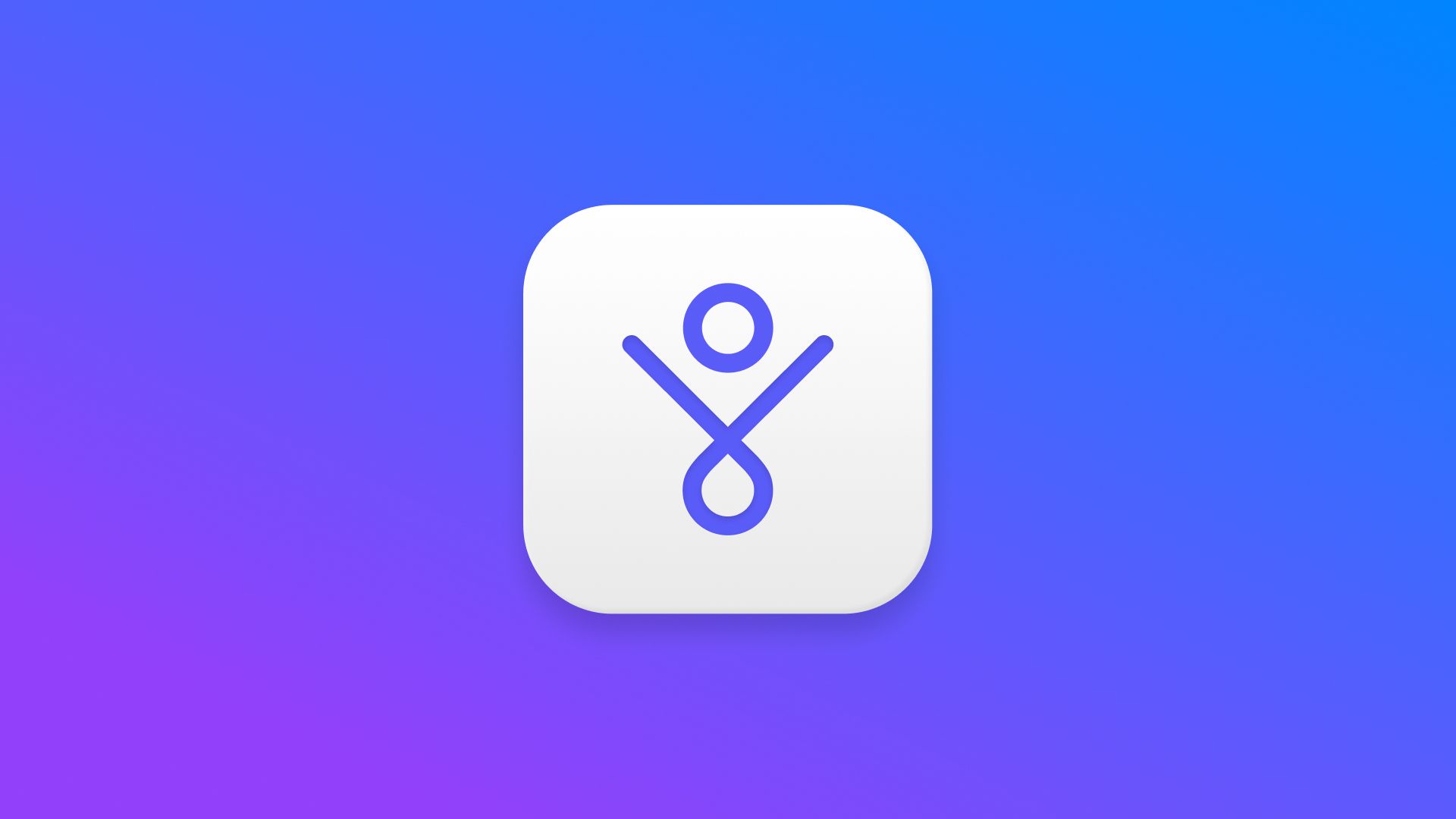In the sprawling realm of social media, Instagram reigns as one of the most prominent platforms for sharing our lives, dreams, and aspirations. It's the virtual canvas where we paint the tapestry of our lives, curating each post meticulously, whether it's for a close-knit circle of friends and family or the watchful eyes of a global audience. Yet, as we navigate this world of pixelated perfection, we often encounter a vexing question: "How do I delete an Instagram post?"
Instagram, the stage where we showcase our lives' highlights, is also a potent tool for brand promotion, social activism, and fostering communities. Its allure has transformed it into a content platform of exquisite curation. Every post, from the angle of a selfie to the choice of filter, must be flawless to stand out among the countless users. But what do you do when a post doesn't measure up? Or when it becomes irrelevant? Or, even worse, when it's inaccurate? In this comprehensive guide, we'll explore the intricacies of Instagram post deletion, including the "why," "how," and what you need to know to make informed decisions.
Table of Contents
- The Importance of Instagram Post Management
- The Lifecycle of an Instagram Post
- How to Delete an Instagram Post
- How to Delete All Instagram Posts
- How to Recover Deleted Posts on Instagram
The Importance of Instagram Post Management
Effective Instagram post management is the backbone of a successful online presence. It goes beyond content curation; it's the art of crafting a compelling digital narrative. In a digital world flooded with content, managing your Instagram posts ensures that your profile conveys a coherent story. Each post represents a brushstroke on the canvas of your online persona, creating a lasting impression on your followers. But what makes post management so vital, and how does it impact personal branding, engagement, and long-term success on the platform?
Your Instagram profile is your digital identity, and consistency is the key to shaping an identity that resonates with your audience. Effective post management allows you to align your content with your personal or brand message, creating a cohesive and recognizable online identity. When followers visit your profile, they should be able to identify your style, values, and interests at a glance. Post management ensures that your content contributes to this unified image, leaving a lasting impression.
Beyond aesthetics, post management empowers you to maintain a strategic approach to your Instagram presence. It's not just about selecting the right filter or hashtag; it's about understanding your audience and crafting content that resonates with them. By regularly assessing your post performance, you can identify trends, preferences, and engagement patterns. This data-driven approach allows you to refine your content strategy continually.
One of the primary benefits of effective post management is the ability to adapt to change. Instagram's algorithm and user trends are constantly evolving. What worked a year ago may not yield the same results today. Post management involves staying updated with the latest changes and adjusting your strategy accordingly. It's about embracing flexibility and being responsive to the ever-shifting landscape of social media.
As your Instagram following grows, so does the need for careful post management. Your audience diversifies, and their interests evolve. What once resonated with a smaller group may not connect with a broader following. Post management enables you to segment your content effectively, catering to the varied interests of your audience. Whether through stories, carousel posts, or short video clips, you can tailor your content to engage different segments of your followers.
Moreover, post management is not limited to your profile grid. It extends to your Instagram Stories, IGTV, and Reels. These features offer additional avenues to engage with your audience and showcase different aspects of your life or brand. By strategically incorporating these elements into your post management plan, you can diversify your content and cater to various content consumption preferences.
Effective post management is a dynamic process that involves the deliberate act of letting go. Some posts may no longer align with your current narrative, style, or values. Deleting or archiving such posts is not just a cleanup; it's an evolution of your online identity. It's about making space for new stories and experiences while maintaining the integrity of your digital persona.
The engagement on your posts is not just a vanity metric; it's a reflection of how your content resonates with your audience. Post management allows you to analyze engagement patterns and adjust your content strategy accordingly. It's about understanding what type of content generates the most likes, comments, and shares. This insight enables you to create content that's more likely to connect with your audience, ultimately fostering more significant engagement.
Beyond personal profiles, effective post management plays a pivotal role in brand promotion. For businesses and influencers, Instagram serves as a powerful platform to reach and engage with a global audience. Your posts are not just a reflection of your personal identity but also a projection of your brand's image. Strategic post management ensures that your content aligns with your brand message and values, creating a consistent and impactful online presence. It's about using Instagram as a powerful branding tool to connect with your target audience and build brand loyalty.
Instagram is not just about individual posts; it's a vast ecosystem of content. Stories, IGTV, Reels, and collaborations offer additional opportunities to showcase your brand or personal identity. Effective post management involves utilizing these features to diversify your content strategy, keeping your audience engaged and excited.

The Lifecycle of an Instagram Post
Understanding the journey of an Instagram post is essential for effective post management. Each post goes through a dynamic lifecycle, from creation to engagement and, finally, to potential retirement. Let's delve into the key stages of this lifecycle, providing insights into the emotions, interactions, and memories encapsulated in each post.
Every Instagram post begins as a moment in your life or a creation that you're eager to share. Whether it's a stunning photograph, a captivating video, or a thought-provoking caption, the birth of a post is a moment of inspiration. It's the excitement of creating something that resonates with you and the potential to connect with your audience.
Once your post is out in the digital world, it embarks on a journey of engagement. Likes, comments, and shares breathe life into your content, forming connections and sparking conversations. This stage is where your audience interprets and interacts with your post, adding their perspectives and emotions to the narrative.
Over time, posts may reach a point where they're no longer relevant or reflective of your current narrative. This could be due to changes in your life, shifting interests, or evolving personal values. Post management involves recognizing when a post no longer aligns with your story and deciding whether it's time to retire it.
The lifecycle of an Instagram post is a dynamic process, and understanding it allows for better post management. It's about embracing the journey of your content, from its creation and engagement to its potential retirement, as you craft a compelling digital narrative.

How to Delete an Instagram Post
Deleting an Instagram post is a significant decision in the realm of social media. It's an essential part of post management, allowing you to refine your digital identity and keep your profile aligned with your evolving narrative. In this section, we'll explore how to delete an Instagram post, providing you with a step-by-step guide to navigate the process effectively.
Step-by-Step Guide: How to Delete an Instagram Post
- Open the Instagram App: Launch the Instagram app on your mobile device and log in to your account if you haven't already.
- Navigate to Your Profile: Tap your profile picture in the bottom right corner of the screen. This will take you to your Instagram profile.
- Locate the Post: Scroll through your profile to find the post you wish to delete. Once you've located it, tap on the post to open it.
- Access the Three Dots Menu: In the upper right corner of the post, you'll see three horizontal dots. Tap on these dots to open a menu of options.
- Choose "Delete": From the menu, select the "Delete" option. Instagram will then prompt you to confirm the deletion.
- Confirm Deletion: Confirm the deletion by tapping "Delete" once again when prompted. The post will be permanently removed from your profile.
- Notification: After successful deletion, you'll receive a notification confirming the removal of the post.
It's important to note that when you delete a post, you will also lose all associated likes and comments. For business accounts, this can impact your overall metrics. If you wish to retain the engagement data but remove a post from your profile, consider archiving it instead. Archived posts are not visible to your followers, but the likes and interactions associated with them are preserved.
Deleting an Instagram post is not just about removal; it's about curating your profile to reflect your evolving narrative and maintaining a cohesive digital identity. It's a powerful tool for post management that allows you to ensure that your online presence remains aligned with your current story.
How to Delete All Instagram Posts
In some cases, you might decide to start with a clean slate on Instagram, removing all your existing posts to create a fresh digital canvas. Deleting all your Instagram posts is a significant step, and this section will guide you through the process.
Deleting Posts One by One:
One option is to delete your posts individually. This method is straightforward but can be time-consuming, especially if you have a substantial number of posts. To delete a post one by one, follow these steps:
- Open the Instagram app.
- Go to your profile.
- Find the post you want to delete.
- Tap the three dots (...) at the top right of the post.
- Select "Delete" and confirm.
Removing Your Entire Profile:
If you prefer a quicker solution, you can consider removing your entire Instagram profile. This action will not only delete all your posts but also your account. To do this, follow these steps:
- Open the Instagram app.
- Go to your profile.
- Tap the three lines or dots (depending on your device) in the upper right corner.
- Scroll down and select "Settings."
- Tap "Account."
- Scroll down and choose "Delete Your Account."
- Follow the on-screen instructions to confirm and complete the process.
Before proceeding with either option, be absolutely certain of your decision, as both actions are irreversible. It's essential to back up any posts or content you wish to retain before initiating the deletion process.

How to Recover Deleted Posts on Instagram
Accidentally deleting an Instagram post can be a distressing experience, but the good news is that there are ways to recover your deleted content. This section will guide you through the process of retrieving your deleted posts on Instagram.
Using the Recently Deleted Folder:
Instagram has introduced a "Recently Deleted" folder that acts as a safeguard against permanent post deletion. Here's how to recover your posts using this feature:
- Open the Instagram app on your mobile device.
- Go to your profile by tapping your profile picture in the bottom right corner.
- Tap the three horizontal lines or dots in the upper right corner to access the options menu.
- Scroll down and select "Settings."
- In the "Settings" menu, tap on "Account."
- Look for and choose "Recently Deleted."
- Within the "Recently Deleted" folder, you'll find all the posts you've deleted within the last 30 days.
- Locate the post you want to recover and tap on it.
- After opening the post, tap "Restore" to recover it.
Note: Posts in the "Recently Deleted" folder are automatically deleted after 30 days. If you don't recover them within this time frame, they will be permanently removed.
Restoring Archived Posts:
If you've archived a post instead of deleting it, you can also recover it easily:
- Go to your profile on Instagram.
- Tap the three horizontal lines or dots in the upper right corner to access the options menu.
- Select "Archive."
- In the "Archive" section, you'll see both your stories and posts.
- Choose "Posts" to view your archived posts.
- Locate the post you want to recover and tap on it.
- Tap the three dots in the upper right corner of the post and select "Show on Profile" to restore it to your profile.
By following these steps, you can recover your accidentally deleted posts or archived content on Instagram. This feature provides a safety net for those occasional mishaps, ensuring you don't lose precious memories or essential content permanently.

This Instagram tutorial was written by the Suparise team.
Want to gain more real and relevant followers on Instagram? Suparise can grow your Instagram audience on Auto-Pilot.
Suparise is an Instagram growth automation software that helps you grow your Instagram audience automatically and organically. We attract real and relevant users to your profile. Get more real followers, likes, comments, engagement, traffic and leads doing nothing.
- 7-day free trial — No credit card required
- Available on Windows, macOS & Linux.
- Auto-Like, Auto-Follow, Auto-Unfollow, Mass Story Viewer

